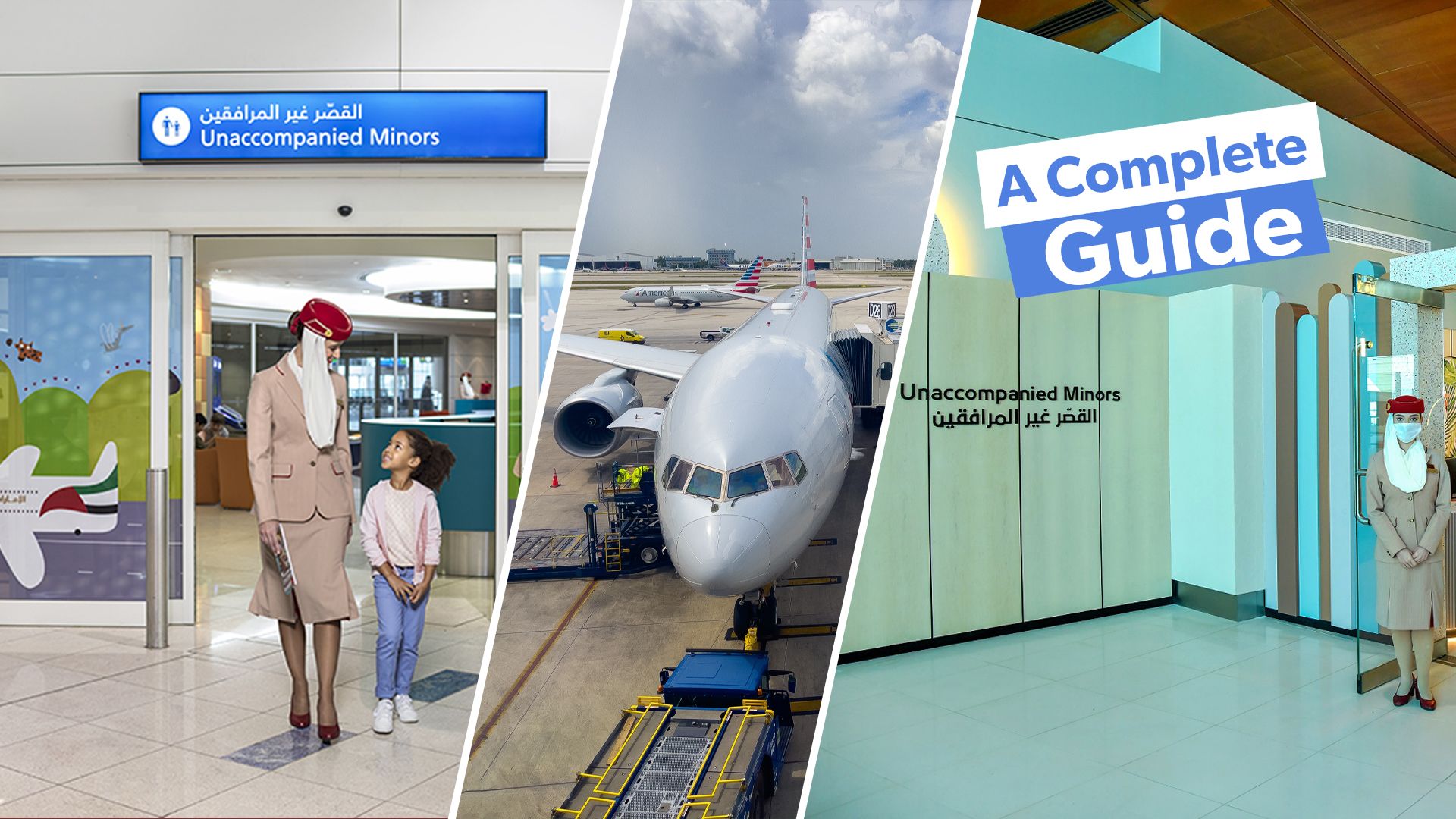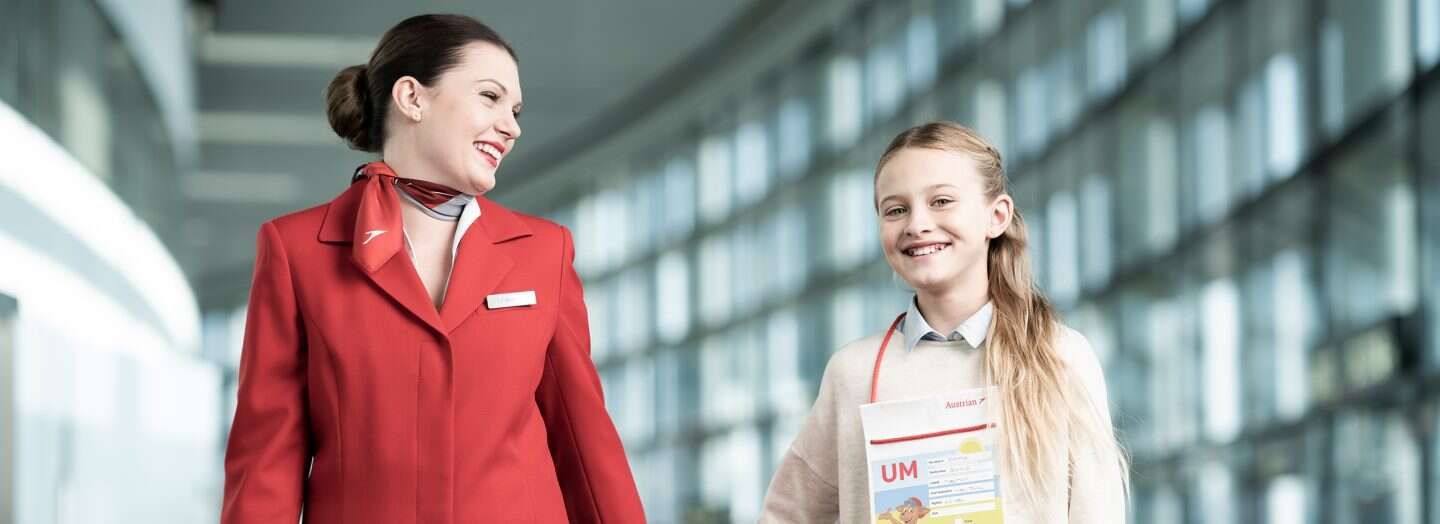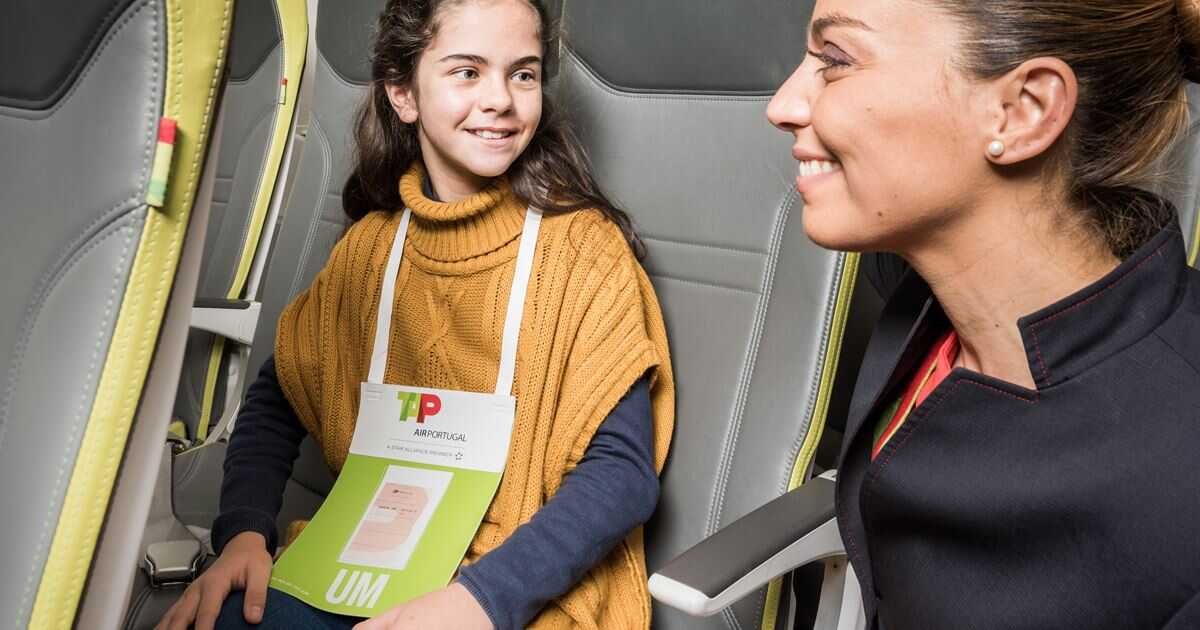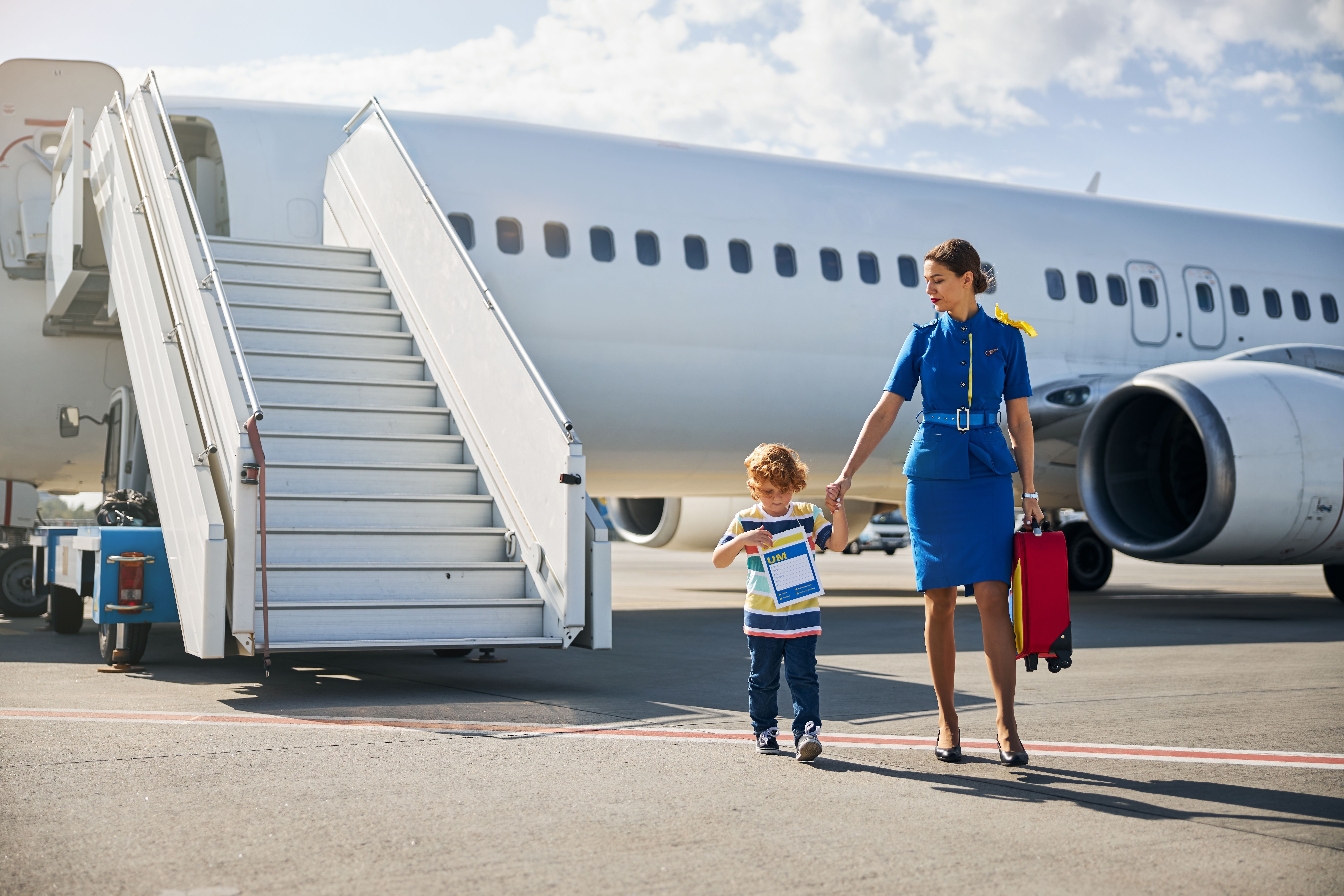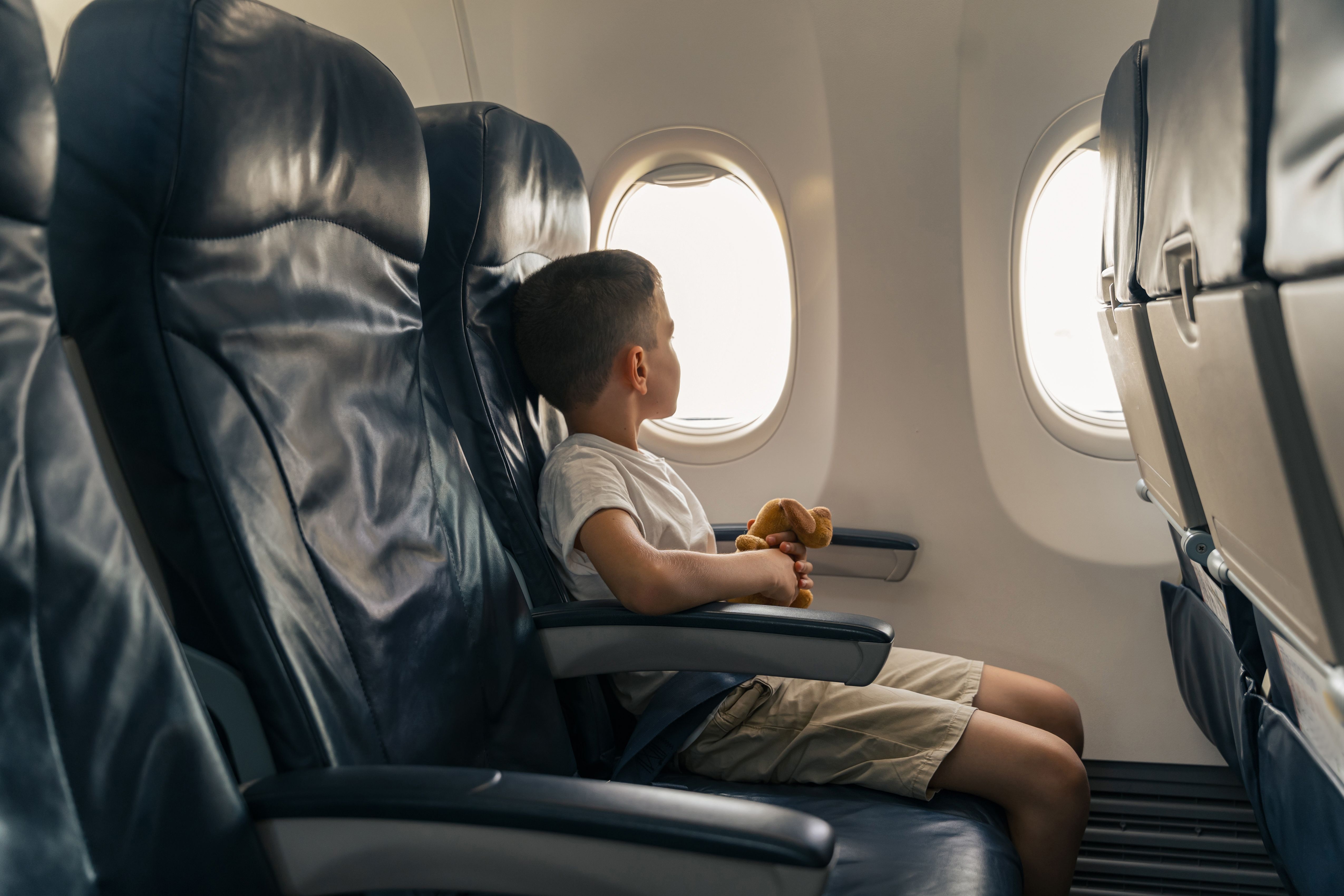Traveling by air can sometimes be a stressful ordeal – though chances are, as a Simple Flying reader, you probably enjoy flying! However, the same can’t always be said for children, especially those flying alone. In many cases, minors will need to fly alone and need some adult help to make it through what can be a daunting travel experience.
Did you know that most airlines have dedicated services to help unaccompanied minor (UM) passengers on their travels? If you ever find yourself having to send your child on a flight by themselves, here’s what you need to know.
Unaccompanied minor programs
With flying becoming an increasingly accessible mode of travel, it is more common than you’d expect that, for various reasons, children fly without the accompaniment of a parent or guardian. This is why many airlines these days offer programs for unaccompanied minors.
Photo: Austrian Airlines
Services can range from basic chaperoned assistance to more comprehensive travel support, depending on what’s offered by your airline of choice. Generally, all UM programs are designed to cushion a child’s stress and fear of traveling alone and to reassure parents that their child is well taken care of.
Services
- Check-in assistance: Minors will be guided through the check-in process, where any bags will be checked into the hold and travel documents verified.
- Airport supervision: Unaccompanied minors will not be left alone to wander the airport terminal while waiting to board. An airline supervisor will stay with the child for the duration of their airport wait – in some cases, airlines or airports will have special zones designed to keep minors occupied before their flight.
- Priority boarding: Minors will usually be granted priority boarding, so they don’t have to wait in the queue. Getting onto the plane first also gives them time to settle into their seats before the rest of the passengers arrive.
- Arrival: Unaccompanied minors will be escorted off the aircraft and guided through immigration and baggage claim by a supervisor. There will then be a handover to the parent or guardian responsible for the child.
Requirements
In most cases, airlines will not permit young travelers to fly alone without some kind of support. Ordinarily, in the US at least, passengers under the age of 12 cannot fly without an unaccompanied minor program, while for those aged 12-16, the service can be optional. While it is optional for older children, it is usually best to pay the added fee for a UM program, unless your child is already an experienced unaccompanied traveler.
- Age: Almost all airlines do not allow children under the age of five to fly unaccompanied. Those above five can fly alone – provided the airline has an unaccompanied minor program. However, some airlines require the child to be at least 12. If your child is aged 16 and older, they will be considered an adult, so chaperoned services will not be available to them.
- Documentation: Apart from your child’s passport, you will also need to provide documents detailing the responsible adult who will be picking up and dropping your child off. Your child will only be allowed to leave with the nominated adult at the arrival point if relevant identification documents, such as a passport or driver’s license, are provided.
- Important information: Crucial details, including travel insurance and medical information for allergies and medications, should be provided to the airline prior to the trip. It is also advisable that you provide more than one emergency contact detail should an incident occur during the journey.
Photo: TAP Air Portugal
Be advised that some airlines do not allow unaccompanied minors to travel at all. If you are flying with a full-service carrier then they will almost certainly have a UM program, but many smaller airlines or budget carriers may not.
Checking in
Right through the check-in process, minors must be accompanied by a responsible adult. Once the child is checked in, a member of the cabin crew will then guide them through security and onto the aircraft. Minors are given priority boarding so that they can get settled on the plane before the rest of the passengers board.
Photo: YAKOBCHUK VIACHESLAV | Shutterstock
Parents or guardians are encouraged to remain at the airport until after the departure time, just in case the flight is unable to depart for any reason.
While these rules and regulations generally apply to most airlines that offer chaperoned services, the level of service can vary. Also, do note that there are usually additional costs involved, with most US airlines charging around $100 per passenger. It’s a good idea to confirm the exact requirements and regulations of the airline you are booking your child’s flight with.
Photo: Yaroslav Astakhov | Shutterstock
There have been high-profile cases of airlines removing young passengers from flights. For example, Jetstar came under fire for removing an unaccompanied 11-year-old from a flight. The flight booking was originally made through Qantas, the low-cost carrier’s parent company, which allows unaccompanied minors. Jetstar, however, does not allow children under 15 to travel alone.
Porter Airlines recently came under fire for removing a 14-year-old girl from a flight. The Canadian airline had to remove multiple passengers from a domestic flight and claims it was unaware the girl was an unaccompanied minor. The airline noted that its UM program is mandatory for lone passengers aged 12 and under, and it appears the parents of the girl did not inform the airline of her unaccompanied minor status.

